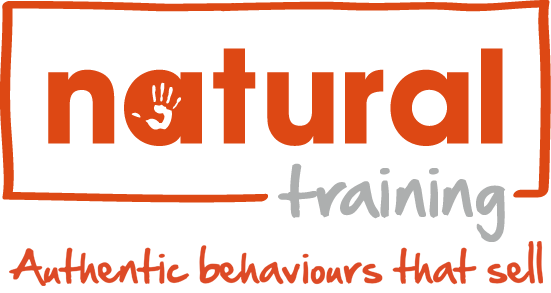What’s the difference between loss aversion and scaremongering?
In sales, the overwhelming majority of us have a positive outlook. We have to, or rejection would crush us.
You want to naturally cultivate that positive outlook because resiliency means, when faced with a roadblock, you’ll go over, under, around and perform nimble manoeuvers to get where you want to be.
Positivity is both a blessing and a curse. When you position your products and services, you must do so with the knowledge that our brains are wired to reach for gain naturally, but to automatically choose to avoid pain more often.
The experiment
Science magazine published a report from the renowned Wellcome Department of Imaging Neuroscience at the Institute of Neurology in University College London that explains this in more detail. An experiment used two different framing exercises to see how people respond to motivation from a position of gain as compared to motivation from a position of loss aversion.
At the start, the first group of participants were offered £50, but had to choose between two options:
- They could walk away with £30, guaranteed.
- They could gamble on a 50/50 chance to either win all £50, or lose it all.
The results of this group showed that 42.9% of participants chose to keep the £30 sure bet. Not surprising, right?
The second group of participants were also offered £50, but the terms were framed differently:
- They could lose £20 immediately.
- They could gamble on a 50/50 chance to win all £50 or lose it all.
The second group chose by an overwhelming 61.6% to gamble.
The lesson learned is that the fear of loss, or loss aversion, is a much stronger motivator that the opportunity for gain. People respond more strongly when the question is framed as a loss.

What does this mean?
We’re naturally positive people, so we’re putting forward naturally positive benefits all the time:
“Look at what you’ll achieve! Look at what you’ll get! Look at all you can gain!”
What we should be saying is:
“Look at what you can avoid…”
Here are a couple of ways to accomplish this:
Use appropriate language. You should bake this premise of avoiding pain into your sales communication. Consider the following example:
“Mr. Client, you’re currently losing £300 per month by what you’re doing today. If you choose our solution, you could avoid that loss.”
Instead of telling your customer he can save £300 per month, reframe your language to point out what they’re losing.
Use contrast. Paint a vivid picture of the contrast between what they’re losing and what the situation could be if they buy from you. It’s much better to show them the point of pain contrasted with a mental images of how much better if will be with your solution. Outline the safe place they can be with your product of service.
Show instead of tell. Where available, share images and videos showing people using your product or service. When you brains sees a person doing something, we get a mental picture of ourselves doing the same. Let them imagine using your product, or even better, give them a sample of a free trial.Use words like imagine, picture or visualise to help them feel like they already have your product. They’ll be much more inclined to move forward with a solution they can picture themselves using successfully.

Be careful
The caveat here is that you don’t want to become a scaremonger. Rather than harping on or poking at their pain, off them your solution. Simply point out what they’re losing and how you can help them to avoid that situation.
Natural Training has an immersive programme to help you accomplish this called Natural Insight. It’s a 30-day development programme to help your sales people and account managers drive an insight-led conversation with customers to shorten sales cycles and differentiate your company.
Call one of our experts today on 0207 043 1582 or complete our enquiry form to discuss how we can custom tailor this programme to your company’s culture, needs and goals.
Got a comment?
Catch us on Social Media and join the discussion!


